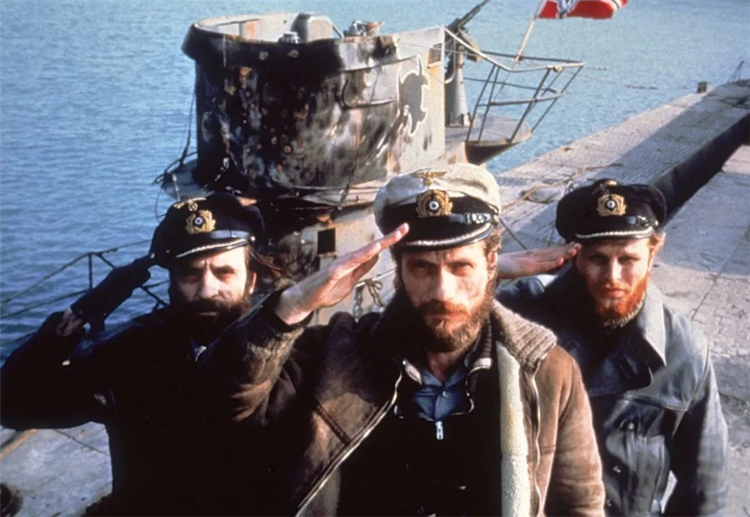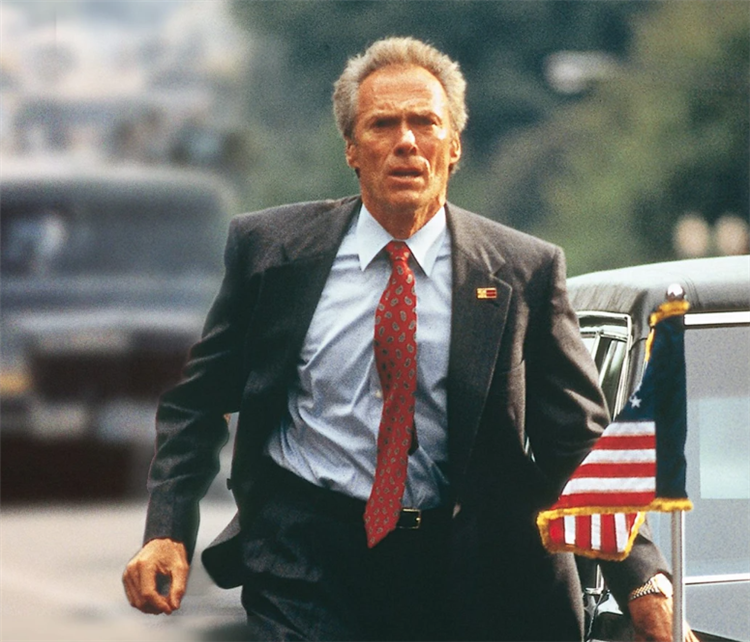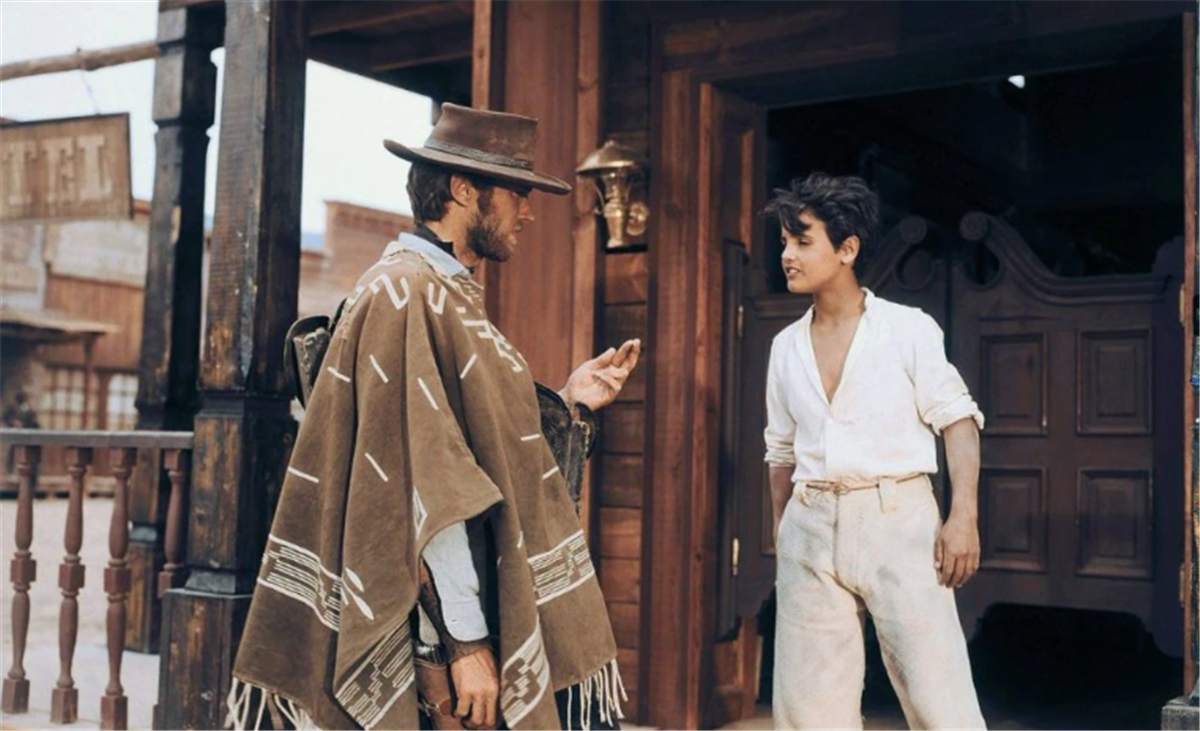Clint Eastwood praised Wolfgang Peterson’s direction in a 1981 war film for its intense realism and claustrophobic shooting conditions
Breaking out in the 1960s for Rawhide, Clint Eastwood has since gone on to become one of the most successful and acclaimed faces in Hollywood. Boasting an illustrious career spanning the roles of actor, director, producer, and composer, the Million Dollar Baby star has enough experience when it comes to the art of making movies and appraising the ones rightfully deserving.
In terms of the latter, he has earmarked a note of fame for a classic 1981 movie, terming it as a fine example of quality film-making.
Rather, the German action and war thriller had such an impact on him that he collaborated with its director, Wolfgang Petersen, in the times ahead. The acclaim for the latter director came largely because of his genius techniques that perfectly captured the tension and harrowing twist of fate suffered by those in action during wars.
Moreover, a ‘claustrophobic’ aspect in the nature of the film’s shoot gave Eastwood even more reason to fall in love and awe with it.
The Wolfgang Petersen movie that left Clint Eastwood impressed

In his decades-long career, German director Wolfgang Petersen has earned several accolades for his flicks like Troy, Poseidon, and Air Force One. However, he had already showcased his directorial prowess as early as 1981 with Das Boot. Furthermore, this movie also reached the eyes of Clint Eastwood, who then could not help but notice the intense atmosphere and detailed portrayal of submarine warfare.
Depicting the life and experience of the captain and crew aboard the German U-96 submarine during World War II, the director left no stone unturned in bringing out realism. For starters, a replica of the original submarine was made in such a way as to deliberately force the actors into a tight space and replicate the existing conditions during war times.
In awe of that thought process, Eastwood, in talks with The Guardian, remarked,
I thought it was a very impressive piece of film work, especially under the claustrophobic conditions that they had to shoot it.
To emphasize further, Petersen kept his crew in those cramped quarters for almost the entirety of the shoot, without outside contact, making them grow rugged hair and beards naturally, while also keeping an eye out for their safety. As a result, Das Boot brought out an incredible level of realism that still stands in a zone of its own.
Das Boot paved the way for In the Line of Fire

Recognizing the cinematic genius of Wolfgang Petersen in Das Boot, six Academy Awards nominations, including Best Director, came his way along with six others from the likes of BAFTA and Directors Guild of America.
After raking in a total of 13 awards across various events, the movie went on to install its director on the high pedestal of creative genius, finally bringing along the Star Wars savior, Clint Eastwood, for an anticipated collaboration.
Releasing in 1993, In the Line of Fire had Petersen direct Eastwood in a political action thriller. In the same round of talks, the latter had opened up that Das Boot was the flick that paved the road for them teaming up.
For instance, in deciding to work with Wolfgang Petersen on In the Line of Fire, I hadn’t seen any picture of his in some time, but I had always liked Das Boot.
Starring as a Secret Service agent, The Mule actor gave one of his best performances. In return, the movie won several Oscar nominations along with Golden Globes and BAFTA nods, while also going on to become one of the highest-rated movies by critics.
